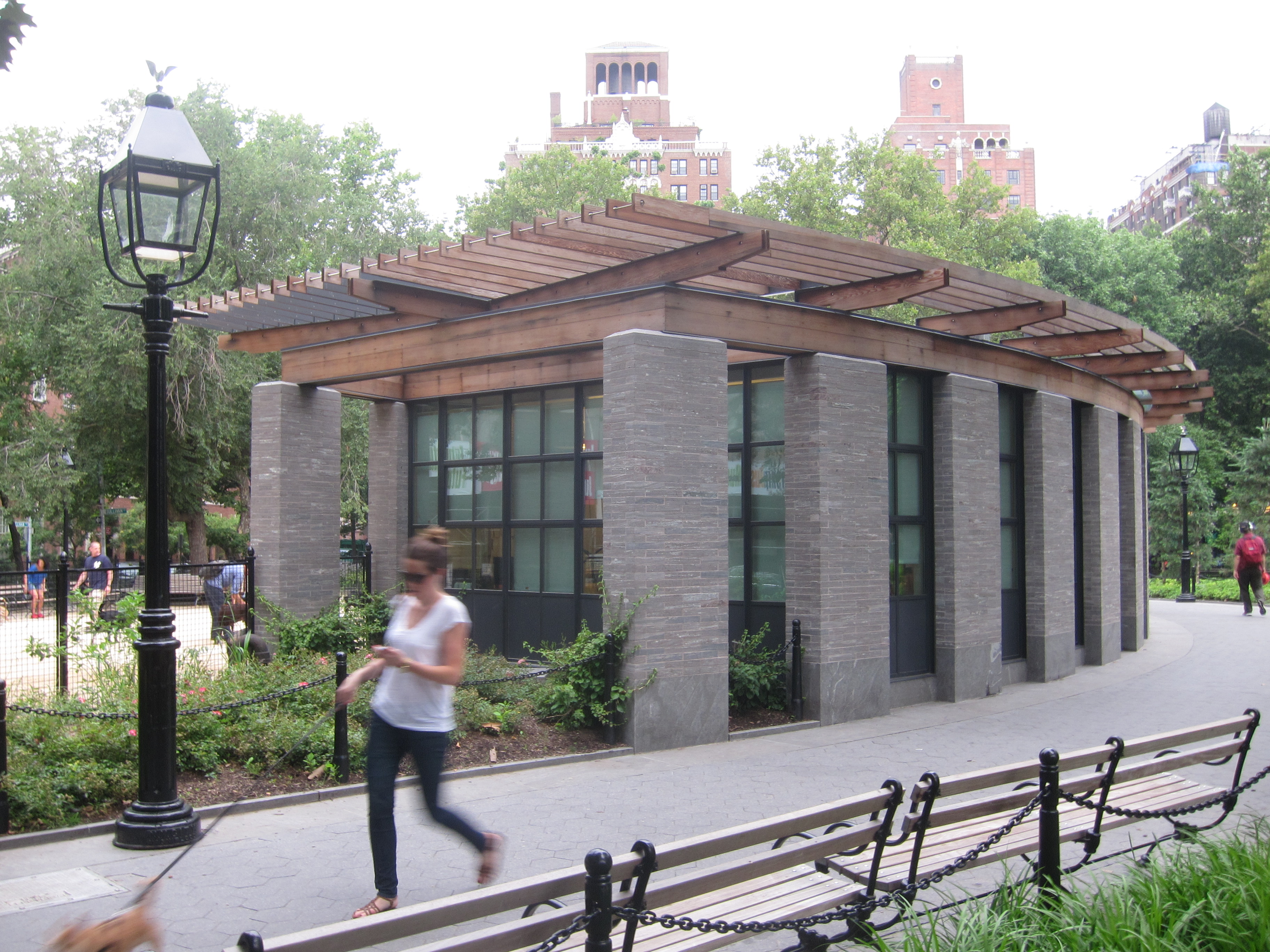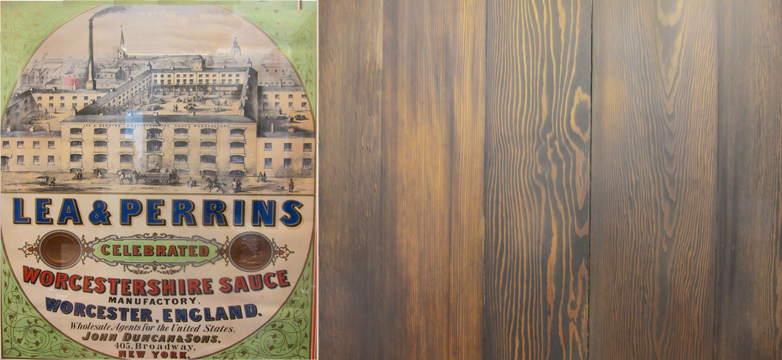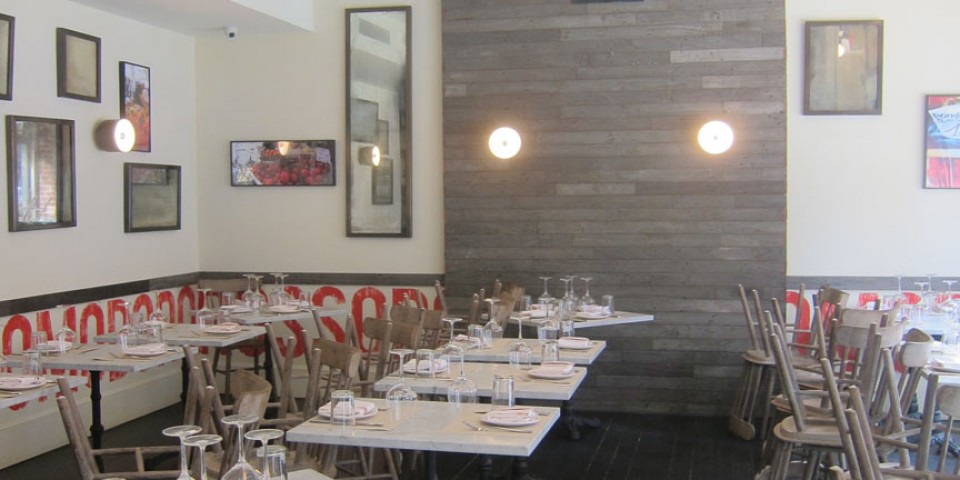
Feature wall with inserted wall sconces.
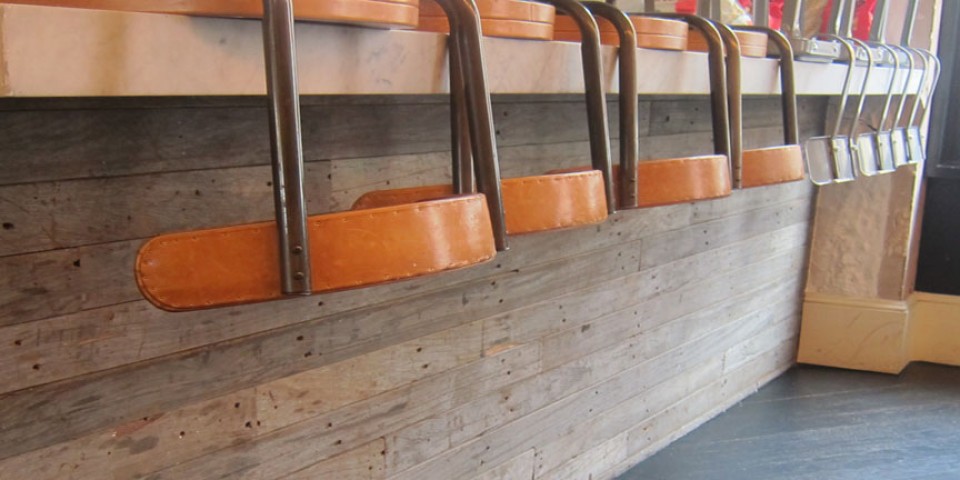
Pizza is fun - why not the environment - natural weathered grey wood tones contrast with orange accent of seating.
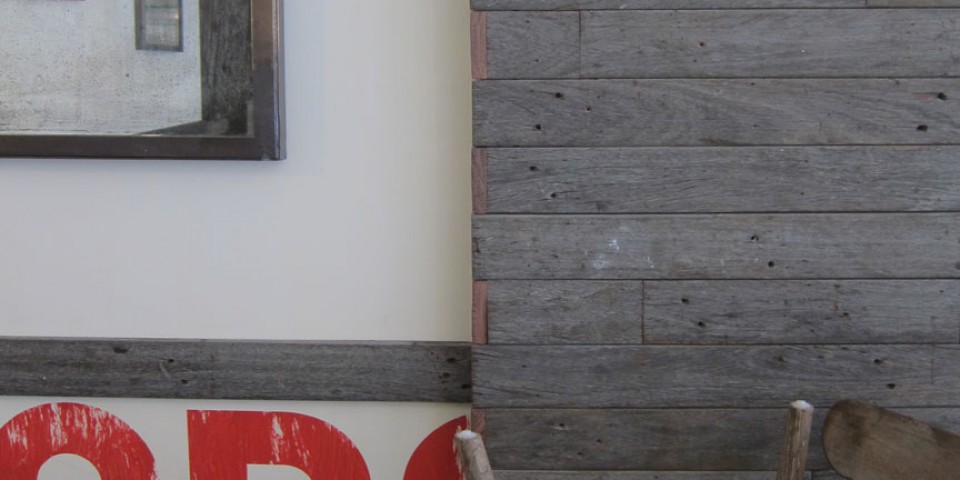
Application is face screwed - no problem for boardwalk decking with existing bolt holes.
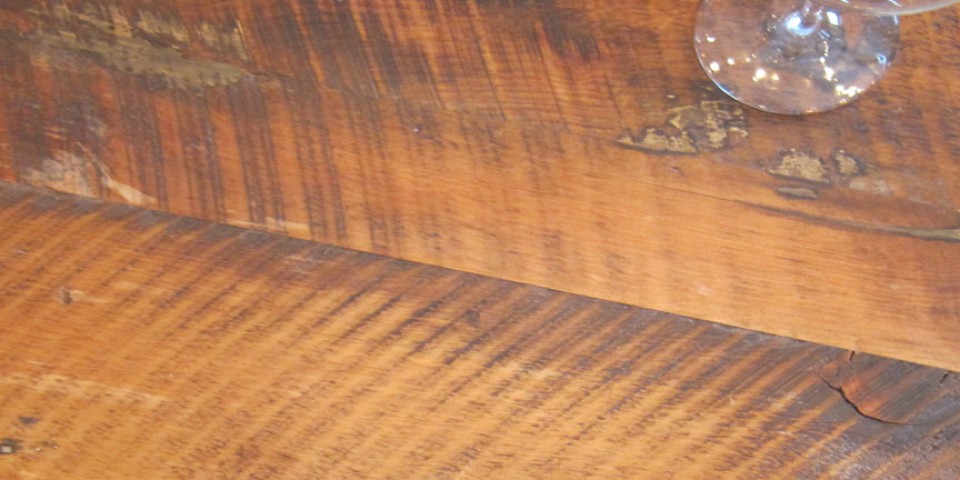
Aged antique softwoods with circular saw marks. Oil and wax finish bring out the warm tones and character of the wood.
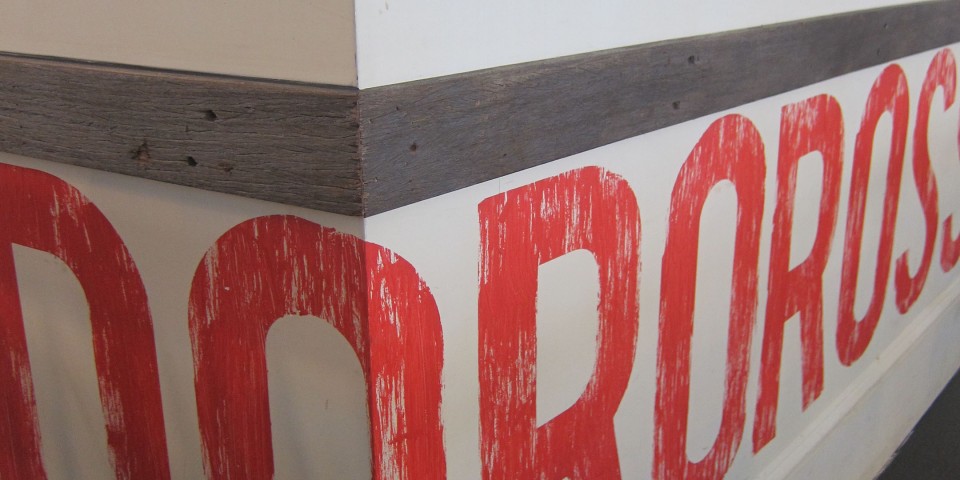
Chair backing - functional detail to help unify the space.

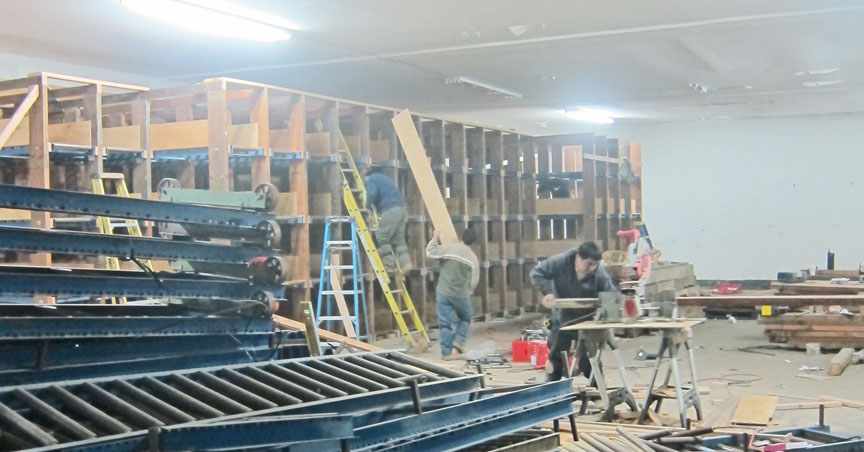
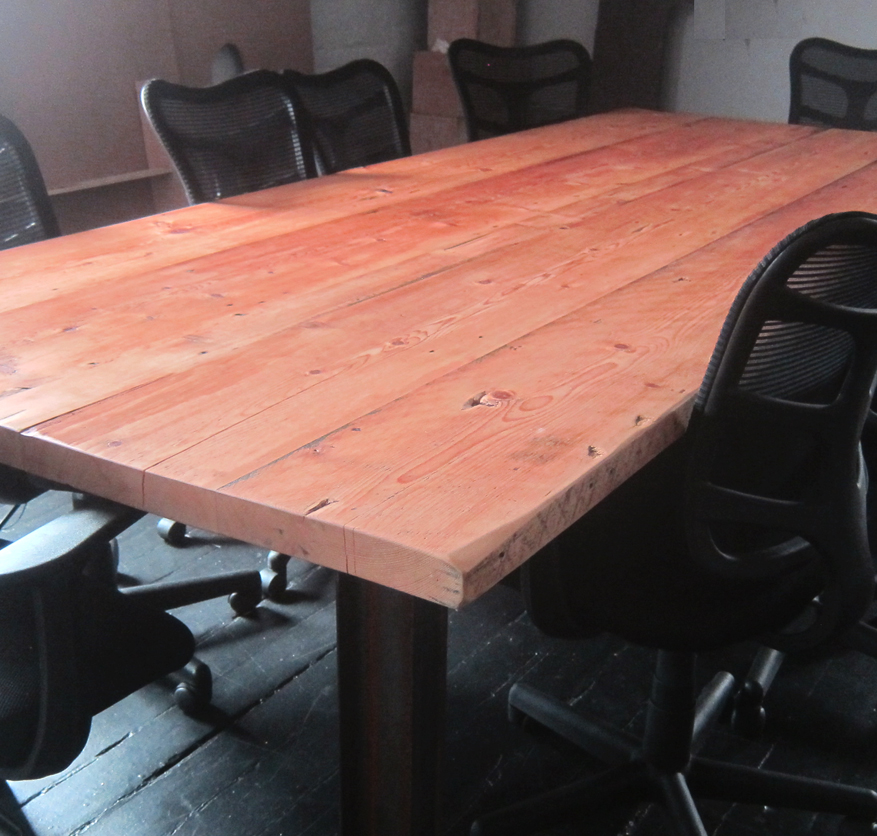 F
F